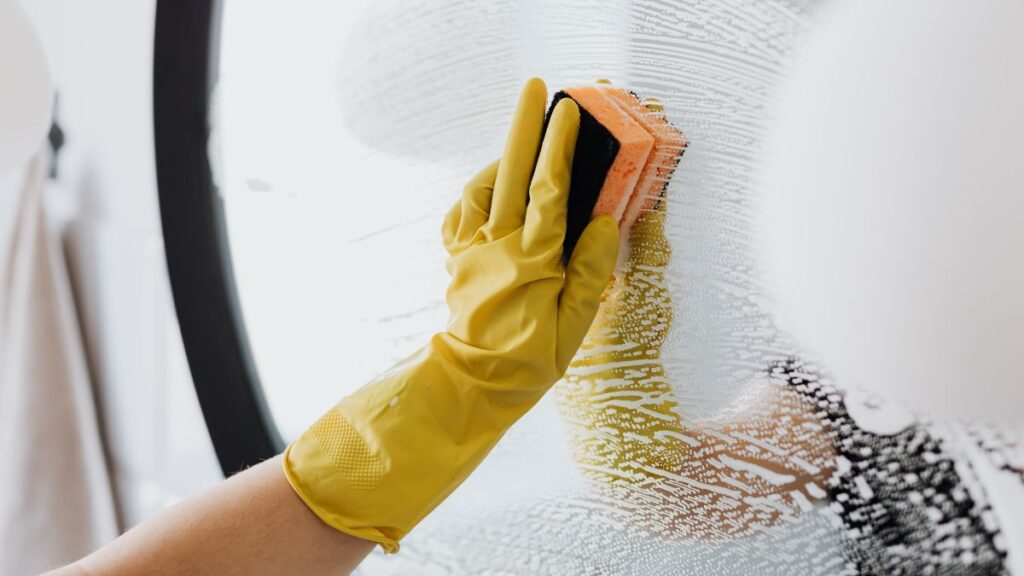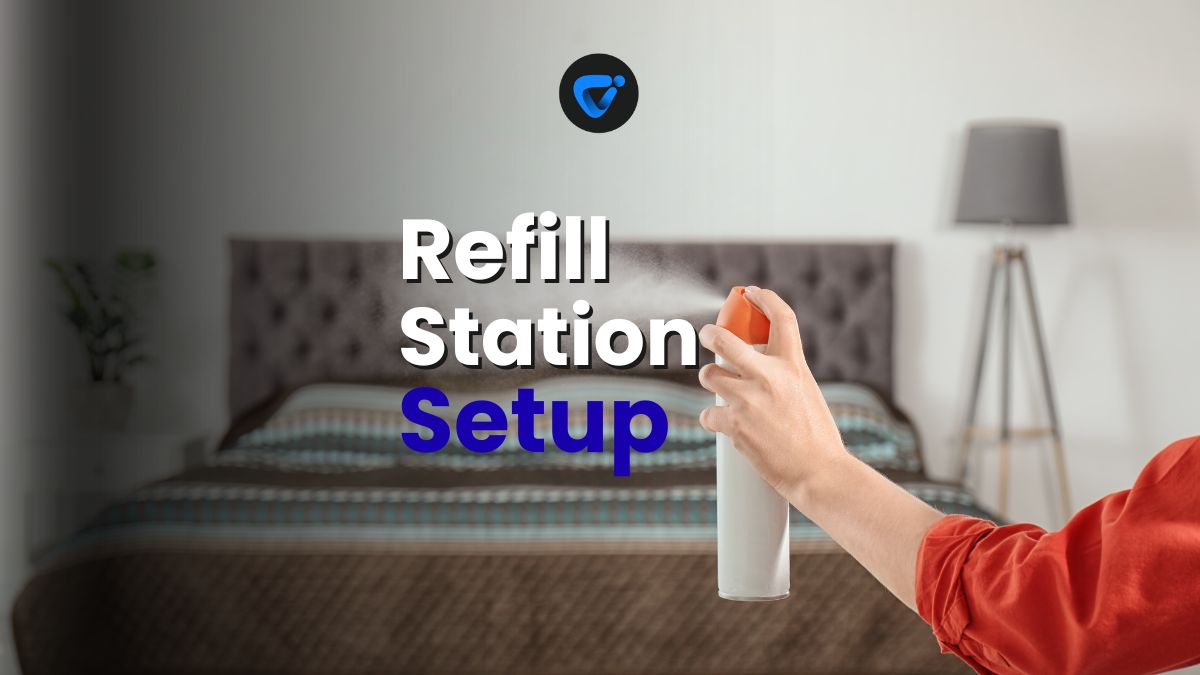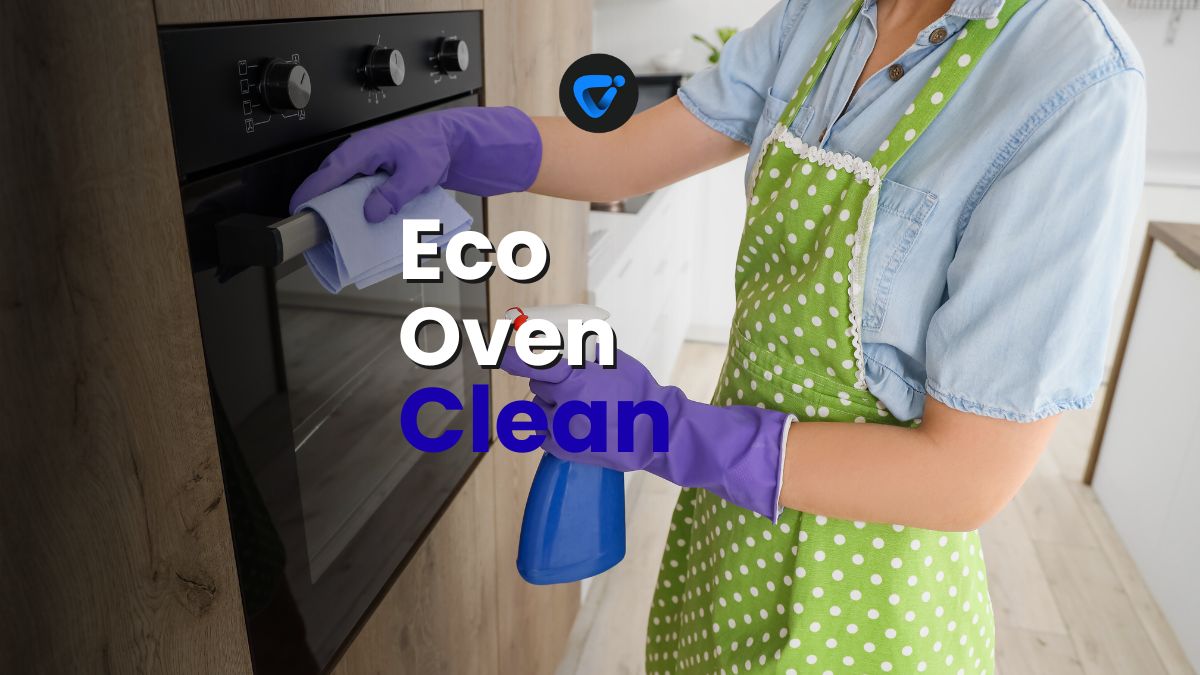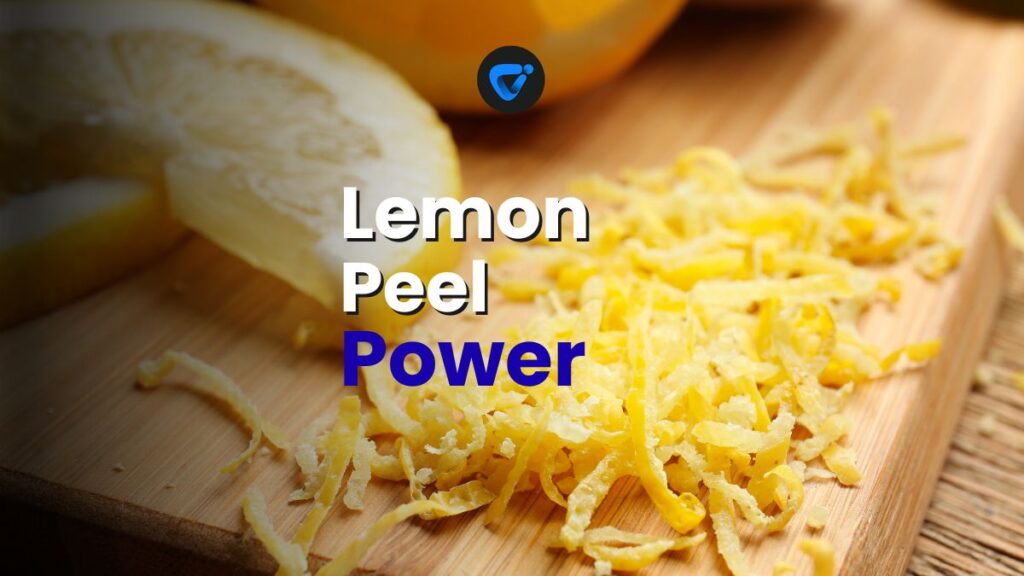
Spotless, streak-free windows, mirrors, and glass jars transform how your home feels. When a green glass cleaner brightens glass surfaces, even light sparkles a bit more. Smudges disappear, and everything looks just a bit more cared for.

Refillable Spray Bottles
Build your own eco cleaning station! Learn how refillable spray bottles can cut waste and make your home greener.
Many commercial sprays mask dirt but leave chemical odors or residues. Greener cleaning means you tackle smears naturally – without harsh fumes or mystery ingredients. There’s confidence in knowing exactly what’s in your spray bottle.
If streaks, haze, or repetitive scrubbing frustrate you, these micro-guides show you how easy green glass cleaner solutions can be. Dive below for proven recipes and expert tips that make crystal clarity a quick, eco-friendly reality.
Choose Ingredients for Best Results at Home
Start every green glass cleaner recipe by choosing ingredients proven to lift grime without leaving streaks. Think vinegar’s shine, rubbing alcohol’s evaporation, and lemon’s scent – each one targets cloudy glass for sparkling results.
Knowing which ingredient works best for your home lets you match your cleaner to your windows, mirrors, or glass tables. This way, each room gets the clarity it deserves without needless waste or expense.
Understanding Vinegar’s Role in Shine
White distilled vinegar’s mild acidity cuts through dried droplets, fingerprints, and oily residue on all kinds of glass. It dissolves mineral deposits, making vinegar-based green glass cleaner recipes legendary for restoring brilliance indoors and outdoors alike.
One homeowner mixes two cups water with half a cup vinegar for daily window touchups. “Spray, wipe, and the shine is unbeatable,” she insists. Reusable cloth wipes keep waste in check, and the glass clarity keeps her smiling.
Pro tip: never use vinegar on stone counters or frames. Only spray the glass. Vinegar eats through chalky minerals, but it can slowly damage marble or granite edges nearby.
Alcohol for Fast-Drying, Streak-Free Glass
Isopropyl (rubbing) alcohol delivers quick evaporation and zero streaks – perfect for showers, car windshields, or spot-cleaning mirrors. It breaks down grease far better than water alone, giving your green glass cleaner a speed boost.
To make a quick-dry cleaner, mix one cup rubbing alcohol, one cup water, and a tablespoon white vinegar. This blend leaves most reflective surfaces spotless in seconds. The alcohol means you won’t chase streaks around as the spray dries.
Test it on a small patch of a framed mirror first. While alcohol is glass-safe, it can dull certain frame finishes or adhesives. Careful spraying keeps detailing intact.
| Ingredient | Best For | Odor Profile | Takeaway |
|---|---|---|---|
| White Vinegar | Kitchens, window panes | Sharp, dissipates quickly | Top choice for stubborn spots and food smears |
| Rubbing Alcohol | Mirrors, car glass | Mild antiseptic | Use for streak-free, quick-drying finishes |
| Lemon Juice | Lightly soiled surfaces | Fresh citrus | Add brightness and gentle deodorizing |
| Cornstarch | Heavy residue, pet noses | Neutral | Buffs away buildup, leaves zero haze |
| Castile Soap | Smudgy phone glass, sticky cabinets | Light, herbal | Mix in for extra cleaning muscle, especially for greasy surfaces |
Build Your Own Green Glass Cleaner Mixes and Avoid Hazards
Reliable green glass cleaner recipes give you custom options when allergies, young children, or pets are part of home life. Adjusting ratios or replacing certain elements personalizes results and boosts safety.
Many skip synthetic fragrance–which lingers on surfaces and in air–for subtle natural scents. Take notes on which blends smell best or evaporate cleanest on your windows and glass doors.
Simplest DIY Recipe That Really Works
Combine two cups water, two tablespoons white vinegar, and one tablespoon rubbing alcohol in a reusable spray bottle. That’s your daily go-to for most window and tabletop glass cleaning.
- Shake before every use—ensures vinegar and alcohol mix for even results.
- Spray six inches from the glass—closer sprays wet too much; further sprays can mist surface unevenly.
- Wipe top to bottom—gravity drags droplets down, so start high and follow a straight line down.
- Use microfiber cloths—lint-free, machine-washable alternatives make for streakless glass and less landfill waste.
- Test a small patch—especially on tinted windows or specialty glass so you never get a surprise reaction.
This ultra-simple recipe beats synthetic store sprays for routine maintenance and minimizing waste. Refilling and labeling your own bottle makes green glass cleaner part of your eco kit.
For Allergy-Free Homes: Fragrance-Free and Gentle
Replace vinegar with lemon juice, and skip alcohol. Mix two cups distilled water with one tablespoon lemon juice and a hint of natural, mild Castile soap for gentler, virtually scentless clarity.
- Assign a dedicated spray bottle—prevents cross-scent contamination even when prepping for multiple allergy-prone members.
- Wipe glass right away—soapy residues evaporate less quickly than vinegar blends; tackle surfaces immediately after spraying.
- Store away from sun—natural ingredients break down faster with UV and heat, so keep your cleaners in a cool spot.
- Switch to disposable paper for heavy pollen seasons—this keeps leftover allergens out of reusable cloths between washes.
- Double-rinse high-use surfaces like child-height glass doors—so no cleaner traces linger if small hands or faces press up close.
This variant gives sensitive households the visibility and reassurance of a green glass cleaner without the sharpness of vinegar or the fumes of commercial sprays.
Troubleshoot Common Frustrations When Cleaning Glass
If you’re getting streaks, stubborn spots, or fingerprints that seem to reappear, you can identify what’s working and where to tweak your green glass cleaner routine. This way, glass doesn’t become a headache after cleaning.
Tracking the small adjustments—timing, cloth type, even water temperature—means you can dial in crystal results room by room.
Eliminate Streaks with Consistent Technique
One cause of streaks? Dirty cloths. Always check for detergent residue or unseen lint, especially after a load of laundry. Switch out for a clean, folded microfiber every session for best results.
Use horizontal strokes outside, vertical strokes inside. This simple rule means if you spot a mark later, you’ll know where it came from. See inside streaks? Adjust your inside cleaning method first next time.
If using hard tap water, swap for distilled—mineral spots look like streaks even after careful wiping. Pour distilled water into your green glass cleaner blend to keep surfaces sparkling.
Handle Hard Water and Persistent Film
If city water leaves spots even on scrubbed glass, mix vinegar and a teaspoon of cornstarch in your cleaner bottle. Cornstarch gently polishes, removing haze without scratching glass or mirrors.
Let the mixture sit on the glass for two minutes before wiping; polish dry with clean circles for extra shine. This targets soap scum, water stains, and even sunscreen smudges on patio doors.
Keep a labeled spray for this use in your cleaning caddy. Only deploy on tough days—too much cornstarch can build up if used too frequently.
Add Scent with Natural Boosters (No Synthetics)
Natural scent boosters like fresh herbs, essential oils, or citrus peels enhance green glass cleaner blends and double as gentle deodorizers for closed spaces. Glass showers, car interiors, and even display cabinets all smell fresher after cleaning.
Your kitchen scraps become cleaning assets—dried orange rinds or sprigs of rosemary infuse the cleaner, leaving behind a crisp aroma without chemical overload.
Infuse with Citrus for Bright, Clean Scents
Add the peel of a lemon or orange to your vinegar base. Let the mix sit for a week in a sealed jar, then strain and pour into your spray bottle. Replace plain water with this citrus-infused vinegar in your green glass cleaner blend, and the fresh aroma lingers gently after use.
This method transforms kitchen cleanup into recycling. Someone peels an orange? Use those rinds. Let your family see and smell why your home glass sparkles and smells just-cut, not synthetic.
An infused cleaner keeps in a cool pantry for several months, so label your bottle with the date and blend details for easy future mixing.
Herbal Additions for Subtle Fragrance
Lavender or mint leaves can be steeped in your cleaning mixture for a day. Pour through a fine mesh and use as usual for wiping glass. Herb-infused green glass cleaner is especially good for bedrooms or rooms with sensitive noses.
Avoid strong essential oils on car glass—they can fog windshields if used in concentration. For best results, just a few drops per bottle give enough scent complexity without overpowering the room during cleaning.
Herbal-infused recipes create a ritual out of regular maintenance. Next time you clean, breathe in vigorously—fresh glass, subtle scent, and no artificial residue left behind.
Simplify Storage and Refilling Practices for Less Waste
Keeping a tidy green glass cleaner station cuts clutter and ensures you always have safe, reliable options on hand. Rotating bottles and labeling blends reduces waste and helps everyone in your home use the right spray for every task.
Clear bottles let you see when you’re running low. Make it a habit—refill monthly using the recipes and ratios that’ve worked for you. Regularly clear out old blends before they lose potency.
Organize a Green Cleaning Kit
Create a small, designated shelf or bin for your glass cleaners, reusable cloths, and measuring tools. Place refills and backup blends behind regularly used bottles, so the oldest ones get used first and don’t go stale.
- Assign color-coded bottles for different recipes — this avoids surprises when you need sanitized glass in kitchens or allergen-free blends in bedrooms.
- Mark mixing dates and ingredients on waterproof tape — track how long each blend has sat and when to swap out lingering leftovers for a fresh bottle.
- Store out of direct sunlight – natural ingredients keep longest in cool, shaded spots such as closets or under sinks.
- Rotate your cleaning cloths — drop used cloths in a small basket by your kit and wash weekly to prevent mildew smells.
- Keep extra spray-trigger heads handy — swap them out when mechanisms get clogged or drippy for frustration-free use any time.
This routine supports efficient, eco-conscious cleaning and trains everyone to treat glass cleaning tools as important household assets to maintain.
Tweak for Specialty Glass and Unusual Cleaning Needs
Not all glass is created equal. Green glass cleaner recipes can flex for tempered, tinted, or antique glass with small ingredient changes. Review the table below to decide which tweaks to try for best results on delicate or specialty surfaces.
| Glass Type | Recommended Recipe | Adjustment Needed | Why This Matters |
|---|---|---|---|
| Tempered Glass | Alcohol-water blend | No acids, minimize abrasives | Prevents surface etching and preserves durability |
| Tinted Glass | Gentle, alcohol-free spray | No vinegar; use lemon or plain water | Avoids discoloration or fading of tints over time |
| Antique Glass | Distilled water only | No additives or soap | Prevents buildup inside microscopic cracks common in older panes |
| Solar Film Windows | Alcohol-free, soft cloth | No ammonia or citrus | Protects sun-blocking layer from peeling or bubbling |
| Shower Glass | Vinegar-cornstarch blend | Weekly application to avoid buildup | Keeps scum and mineral deposits from setting in humid spaces |
Building Habits for Naturally Clean Glass All Year
Consistent use of green glass cleaner makes cleaning easier over time. Quick, regular wipe-downs prevent buildup and mean less effort every session. Consider adding glass to your weekly cleaning checklist to lock in the benefits for years.
Teach family members to identify streaks and clean up as they go. The more glass becomes a shared responsibility, the cleaner and brighter your whole home will feel.
Introduce a simple motto: “Spray, wipe, admire.” Practiced weekly, this reinforces a low-effort, high-impact habit. Crystal-clear glass becomes an expected part of your space rather than a twice-a-year challenge.
Take Action: Enjoy Sparkling, Sustainable Clarity
Clear glass is a sign your home cares for both people and the planet. With green glass cleaner, you simplify routines and toward better wellbeing—no more breathing harsh sprays or hunting for specialty wipes.
Eco-conscious recipes save money, remove guesswork, and sidestep unnecessary trash. With just a few ingredients, you create shine—plus a sense of accomplishment—every time you clean.
Keep experimenting. Notice what works best and pass down these micro-guides. Your windows, mirrors, and even jar collections will reflect your commitment to clarity, care, and home pride.
Frequently Asked Questions
Most homemade blends are great for windows, door glass, and mirrors. For specialty surfaces like antique or tinted glass, always test a small area first and use the gentlest version possible.
When stored in a sealed container out of sunlight, most recipes stay effective for six months. Discard blends if they develop an off smell or sediment builds up in the bottle.
Choose clean, folded microfiber cloths. Avoid paper towels, which may leave lint and reduce clarity. Wash cloths separately from other laundry to avoid detergent residues.
Yes, vinegar or citrus acids can wear down tints and films. For those surfaces, skip acidic ingredients and stick to a mild soap and water blend or plain distilled water.
After deep cleaning, polish glass dry with a separate dry microfiber. For doors or high-traffic panes, offer a reminder to use handles. Regular touchups with your green glass cleaner keep prints under control.

Eco-Friendly Oven Cleaning Without Harsh Fumes
Clean smarter, not harsher! Try our eco-friendly oven cleaning guide for a spotless shine—no toxic fumes needed.


